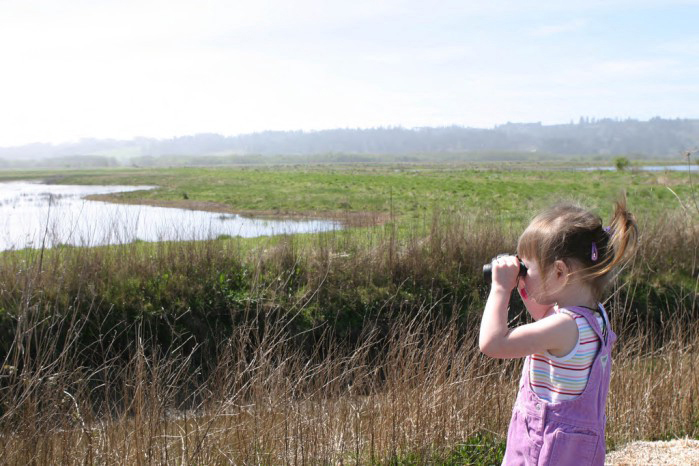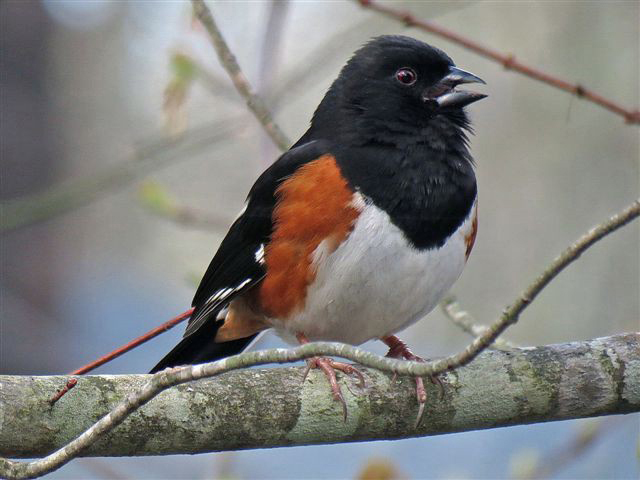Get closer to nature while social distancing


This spring people of all ages, backgrounds, and walks of life have a shared mission: stay at home. For many of us, taking care of each other by staying apart has made it a little more challenging to care for ourselves. We rely on social connections, commitments, and activities for inspiration, motivation, entertainment, and reassurance in good times, and bad.
But we have another support system right outside our doors. We can find inspiration in the night sky, motivation in birds that migrate thousands of miles to nest in our yards, entertainment in a chorus of spring peepers, and reassurance in a cheerful yellow daffodil signaling the return of spring.
For those juggling work, parenting, and schooling — all from home — your backyard or neighborhood green space offers an extension of “homeroom,” a living lab for lessons about biology, ecology, and scientific observation.
For those who have unwillingly become hermits, the outdoors offers an opportunity to commune with new companions: the constellations, regular visitors to our bird feeders, and writers who chose to immerse themselves in nature to better understand their place in the world.
Nature offers a free walk-in clinic — or walk-out clinic, as it were — providing an endless supply of proven physical and psychological health benefits that we need now more than ever.
The mission of U.S. Fish and Wildlife Service is to conserve, protect, and enhance fish, wildlife, plants, and their habitats for the American people. In this time of social distancing, that means connecting you with the natural resources in your own community, and showing you how much they enrich our lives.
The U.S. Fish and Wildlife Service is sharing ideas for things to do to feel more at home in nature as part of its ongoing Stay-at-Home Science series. Topics include honing your observation skills, surveying for plants, digging into the science of soil, becoming a citizen scientist, living vicariously through backyard birds, looking through the eyes of nature writers, and identifying invasive plants. Visit https://medium.com/usfishandwildlifeservicenortheast/ to learn more.
Provided information and photos


